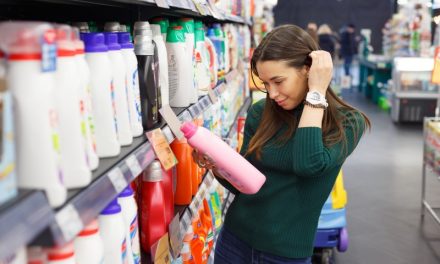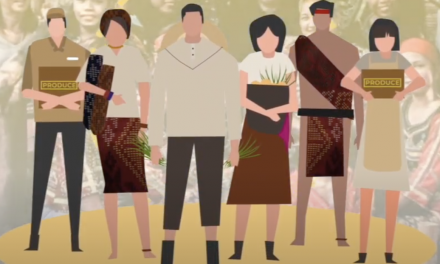What is Fair Trade?
Fair trade helps producers from developing countries achieve sustainable and equitable relations. It is a program that allows producers to gain high profits. This will improve their social and environmental standards. Handicrafts, coffee, wine, sugar, fruits, and many more are used to export to different countries. This is the main focus of many trading around the world.
Fair trade targets to promote higher equity with respect, dialogue, and transparency in worldwide trading. The goal of it is to secure the rights of the producers from developing countries and offers a better trading condition. This will help poor producers to achieve a sustainable profit.
Three core beliefs of fair trade; first, unity is built between producers and consumers. Producers have the freedom to approach consumers about their products. That is where a good relationship with consumers develop. Not only the producers will benefit but also companies and consumers as well.
Second, unequal distribution of wealth is being practiced from different exporters. This will affect producers and the profit may be low. Whether you are a large, average, or small producer, there no chance that you will earn more with the trade. Lastly, supporting products from producers are more likely help than buying from traditional charity and aids.
Meeting a certain labor and environmental standards is what fair trade certifies. One great example of this are workers were paid with decent wages. Not only the company will benefit abut also them. Fair trade is a great help in commerce but it doesn’t show that fair trade is perfect.
The Deal with Fair Trade Products
Fair trade products are call a ‘specialized product’ and sold in specialized stores. The reason it is hard to reach the target of place for selling the products is because of the fair trade policies. An example of this is selling soap. It is a product with great quality and good for sensitive skins that is sold with fair trade certification. Although of its good quality, these products are not being sold to commercial stores that’s why it never hit the target sales.
To solve the problem, fair trade products are offered through online shops to reach targeted customers. This is a good way to spread products to different countries. Product that are posted online will benefit to those producers as well as customers who find it really hard to buy a specific product. But there is one negative result, the rise of prices due to shipping fees.
Not so Popular Disadvantages of Fair Trade
Supporting producers from a developing country is the aim of fair trade. It’s a big headline to many on how fair trade help poor farmers and producers. But not all good things are subject to the said program. Although it seems to have perfect a goal for producers, there are still negative issues.
Before you have the benefit of the fair trade products you need to comply with some requirements. Payments for certificates, inspections, and marketing fees are some of this. It’s one way to protect the rights of the producers. Even if fair trade looks like a perfect program, still there are some shades behind it.
A sort of study accused that fair trade certifications not really help producers but take money from them. Although requirements are for legal way for government compliances and securities, it takes a large portion of revenue to cover the cost. This is the problem of small producers. The benefits of products may be close to zero because of the oversupply of certifications. Fair trade helps farmers to gain profit but just a fraction of it was actually sold in fair trade markets. It is just enough to pay for the certification cost.
An Example of a Disadvantage of Fair Trade
An example of this is the exporting of coffee beans. Farmer export coffee beans and sell it to a company. The company buys it with the fair trade certification on its final product. Also, the company will be the one to enjoy most of the benefits from it not the producers. They confuse the producers and use the certificate to buy the product for a lower price. Some argue with this kind of situation but many are afraid to fight because there is no legal way.
Tariffs – a government tax, is also a hindrance to producers. If you export a non-processed product, the tariffs are lower than the processed ones. This means that instead of a producer exports a roasted coffee they will just export raw coffee beans just to have a good profit. However, this brings into two issues that producers will take the option.
The first one is a producer will let a company buy the coffee beans and they will be the ones who will process it. In other words, fair trade lost it benefits for the producers. The second is that the company knows that exporting raw materials are more profitable. This will make a great profit for the producers but companies – the consumers don’t take a risk. They are hesitant to buy raw materials because of building necessary facilities to produce a ready-made product for the market.
Another Disadvantage of Fair Trade
Another disadvantage is that producers who have a secure flow of profit are being targeted to join or have a benefit of fair trade. They need to be part of it and have access to a fair trade certificate. It is said that fair trade has an equal profit. On the other side, poor producers are the one who benefits the most or the one who doesn’t put more efforts.
Fair trade has the most extensive policies for producers. This means that many will join and take advantage of the program. When products are out in the market, non-fair trade products are less bought by consumers. It creates a big loss of profit from their current sales status. Many suffer, as a result, the standards, producers, cooperatives, importers and exporters, and packers are being evaded.
These problems should not affect the producers. Commerce has still a long way to go if equalities are being practiced. This really helps the developing countries to strive and have a decent profit just like developing countries.





